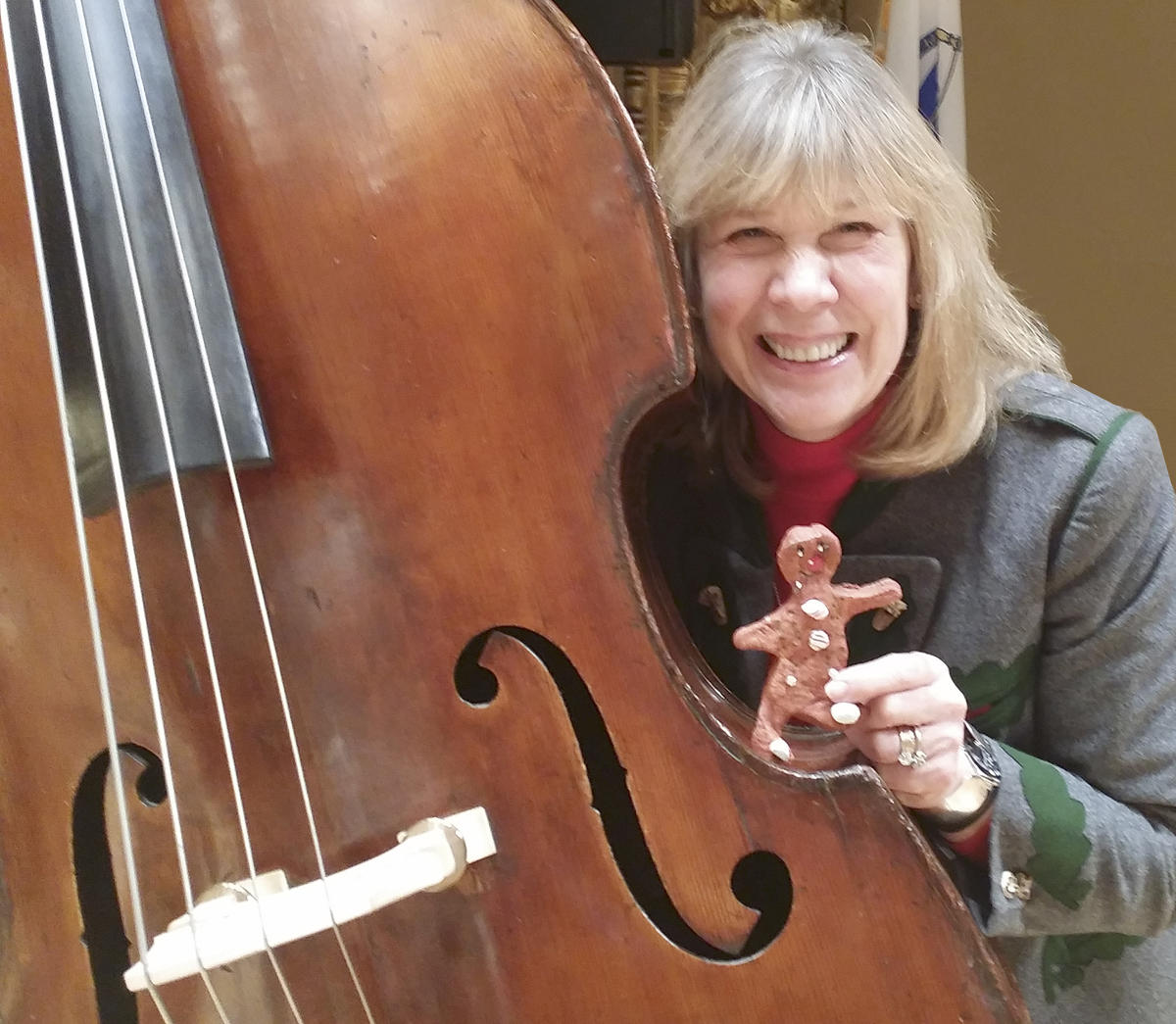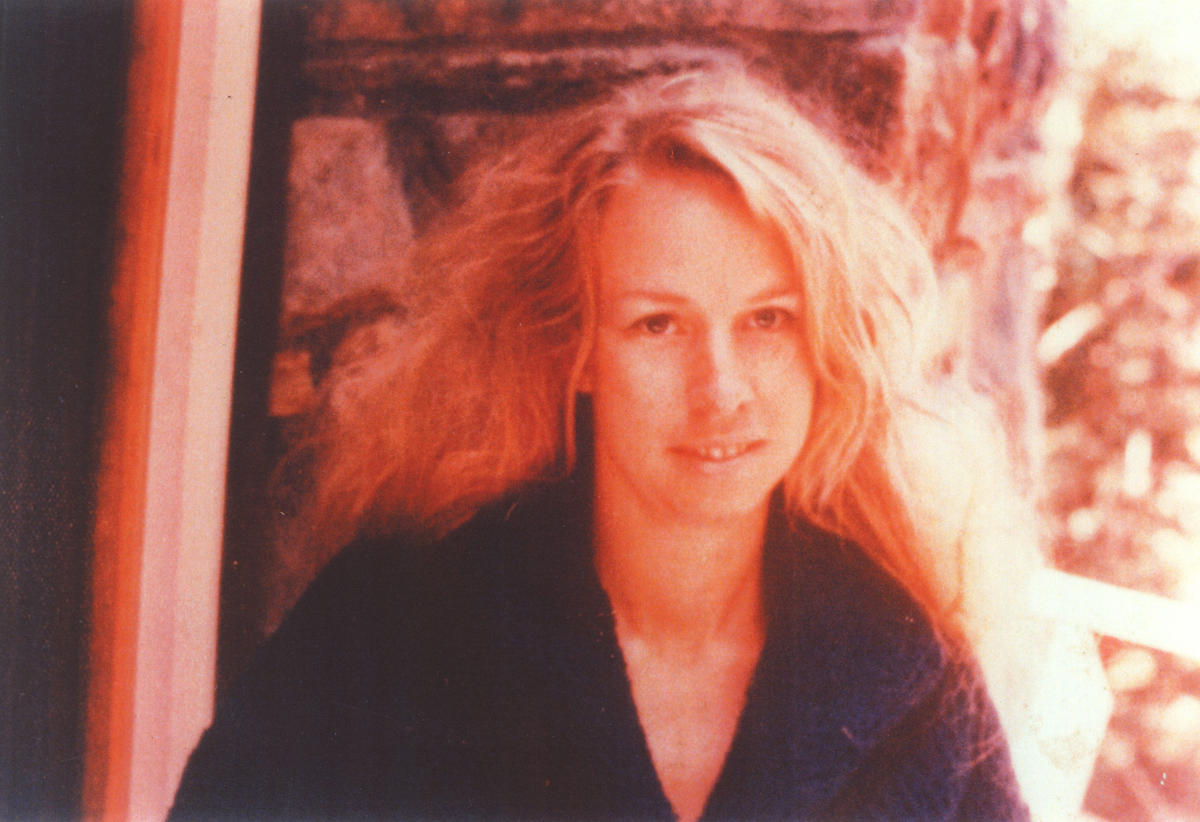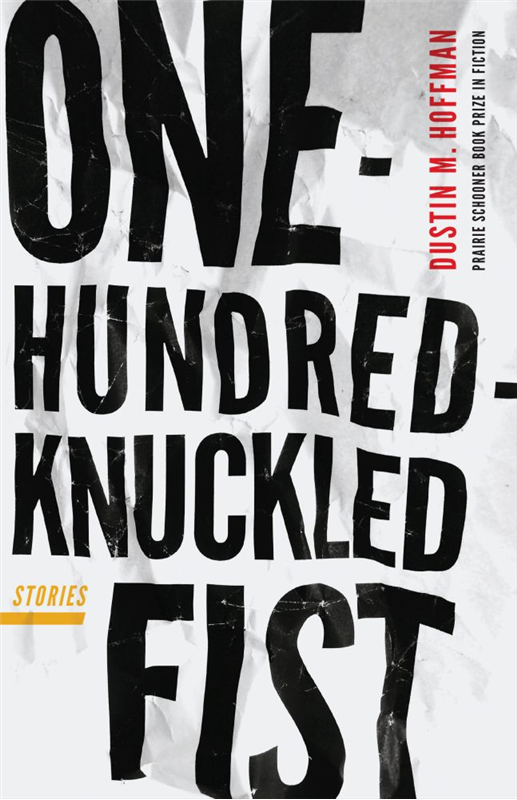by Zinta Aistars
Published in Welcome Home magazine
Fall 2016 Issue
Cheers to Local Wines
By Zinta Aistars
For many years, when wine drinkers considered fine wines, thoughts have traveled overseas to Italy or France, or cross-country to the West Coast. Michigan wines, however, are collecting awards and bringing those wine-tasting thoughts back to home shores. Michigan is now the fifth largest state in wine production.
According to Michigan Wines, the official website for the Michigan wine industry, nearly $800 million is added to Michigan’s economic value from the wine industry, adding about 5,000 jobs. Our wine industry accounts for about $42 million in state and local taxes.
Most of Michigan grapes are grown in wineries 25 miles from Lake Michigan. The lake effect adds about four weeks to the growing season, producing a large variety of grapes for reds and whites, dry to sweet, along with fruit for fruit wines.
“We encourage people to explore Michigan wines,” says Dean Bender, co-owner along with Crick Haltom of the
Lawton Ridge Winery on Stadium Drive, with vineyards next door in Lawton. “It’s an evolving and fast-improving industry. At our price point of $12 to $19 for a variety of reds and whites, we hold our own with wines from across the world.”
Lawton Ridge Winery opened its doors in 2008 with a production facility and tasting room, but its vineyards are rooted back in the 1980s.
“Up until the 90s, a group of five of us made wine in our garages,” Bender says. “What fruit we didn’t use, we sold to St. Julian until 2007. But then we decided to create our own winery—Lawton Ridge Winery. The convenience of being so close to our vineyards was a real advantage.”
Lawton Ridge Winery currently sells 14 varieties, red and white, although, Bender says, that number varies each year, depending on what the vineyards produce. Their most popular wine is Two-Handed Red, a blend of three or four grape types, giving the wine a fruity character.
Tempo Vino Winery, downtown Kalamazoo on East Michigan, has their own unique approach—they work with customers to develop each their own wine, including customized labels. The customized wines are especially popular for special occasions such as weddings and anniversaries.
“We opened in 2005, so we are now celebrating our 11th anniversary with lots of wine specials, introducing new wines, and fun events,” says Alex Mantakounis. He co-owns the winery with wife, Irene.
“I was a homebrewer/wine maker as a hobby,” he says. “I met Irene, a chemical engineer, when she was looking to make a career change and she wanted to do something in the wine business. She came across this business plan of the small boutique winery and decided that would be a good fit for us. Since I had experience in fermentation, it seemed the natural thing to do.”
Mantakounis grew up in a wine-loving family. His father was a wine aficionado and collector and owned his own vineyard. Mantakounis squashed his first grapes into juice at age 5, and today, he is a certified somelier (wine steward) and certified beer judge.
“We are the only winery in the area where people can come make their own wine,” Mantakounis says. “We manage and take care of the wine while it ferments and ages at our store. When it is finished, the customer comes back to bottle it up and take it home.”
Making your own wine, Mantakounis says, is an easy process. The staff guides the customer throughout the process, helping to select grape types. The first step is the best: sampling ready wines. The winery carries about 25 types.
“By tasting the wines, we narrow down what kinds you like and develop a recipe to suit your tastes. Each batch of wine makes 25 to 30 bottles of wine,” Mantakounis says.
Tempo Vino Winery also offers wine education classes and sponsors events in partnership with other Kalamazoo businesses.
On Sprinkle Road in Portage,
The Sangria Shop offers another unique twist on local wines. Frances Vega and Fernando Costas brought their family traditions and heritage from Puerto Rico to Kalamazoo—in the form of Sangria.
“When my wife Frances and I moved here, we were invited to a potluck,” Costas says. “That was something new to us. In Puerto Rico, we have Sangria at all our gatherings, so that’s what we brought to this party. All my friends tend to be beer drinkers, but when they tasted our Sangria, they always asked us to bring more.”
The recipe for the Sangria was Frances Vega’s, a blend of spices and fresh fruits, and sells for about $13 per bottle. There is no comparison, Costas says, to what is sold in supermarkets.
“We do everything by hand,” he says. “We process the fruit by hand, nothing canned, and we try to use fruit from local farmers whenever possible. No preservatives, no sulfites, no artificial flavors. We even make the labels by hand.”
The Sangria Shop opened its doors in 2012 with part-time hours: Thursdays, Fridays and Saturdays with limited hours, although Costas encourages customers to give him a call with a special order. He’s happy to open the doors by appointment.
“Right now I’m working as a chemical engineer at Pfizer,” says Costas, “but I’m hoping to someday make this a full-time job.”
Costas and Vega also sell their Sangria at farmers markets in Portage and Battle Creek. The wine has a shelf life, refrigerated, of up to three months because of the fresh fruit content. Different flavors are released according to season and available fruit. In October through February, The Sangria Shop will stock their popular Ambrosia, similar to a mulled wine and meant to be lightly heated. Other offerings include Fragum, with strawberries; Clasica, with citrus and seasonal fruits; Stone Fruits, with a mix of seasonal summer fruits; Tropical, with pineapple and other tropical fruits; and Wildberry, similar to a blush wine with tart fruits.
Unable to choose? Drop by the tasting rooms of these wineries to tempt your palate, and enjoy the fruits of Michigan.












